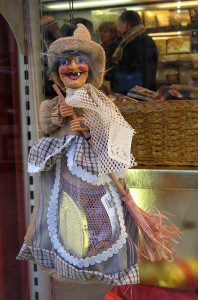
January 6, as all the world knows, is the Feast of the Epiphany in the non-Orthodox Christian calendar. Here in Venice, as most of the world by now must know (if it’s been following my bulletins), the day is personified by a grizzled old woman with a broomstick. This cheerful hag is known as the Befana.
Her arrival and swift departure bring joy to overstimulated and overfed children, even if the joy is tarnished by the fact that she signals the official end of the holiday period — back to school, the party’s over.
Anyone walking around Venice will have noticed, even with only one eye open (not recommended, unless that eye is dedicated to scanning the pavement ahead where the remnants of canine overfeeding may well be waiting), that her distinguishing characteristic is candy — specifically, a stocking full of it known as the calza caena (KAL-tzah kah-EH-na).
But anyone who has foregone the city for an afternoon ramble in the lagoon during this period will have noticed that her distinguishing characteristic is exceptional low tide. This phenomenon is known as the “secche de la marantega barola,” or the exposed-sandbanks-of-the-ugly-old-lady.
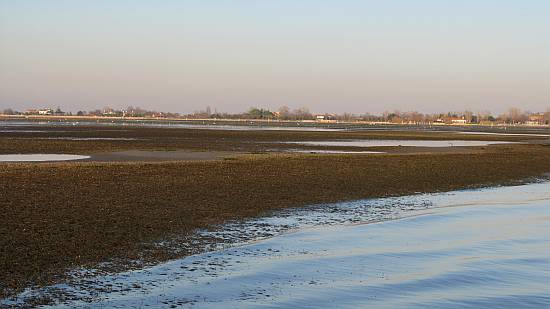

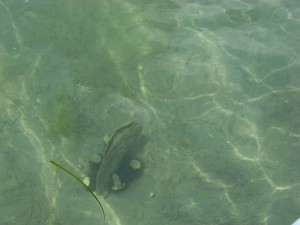
High tide, of course, is the star around here, inspiring in transient visitors (fancy term for tourists) a mixture of fear, loathing, terror, pity, catharsis, and whatever other epic emotions a couple of inches of water on the ground can stimulate. High water also makes for interesting pictures, even if they are all pretty much the same.
But every year I feel much greater emotions inspired instead by the absence of water. When the tide really, seriously goes out, as it always does in this little window of time, a concealed world emerges, to the joy of the foraging wildfowl and the marveling eyes of your correspondent. I know it’s not magic — it just feels like it.
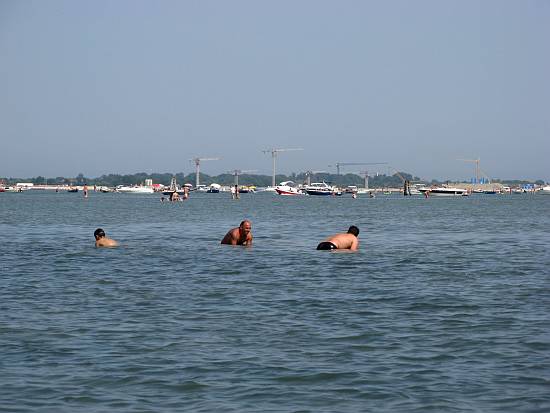
The first time I saw this phenomenon I was taken completely by surprise. Looking from the Lido across the lagoon toward Venice, I saw, instead of the usual expanse of grayish-greenish-blueish water, a vast swath of brilliant emerald green, dazzling marine vegetation gleaming in the sunshine. It was like seeing Nebraska with bell-towers. Of course I knew that the lagoon bottom wasn’t as empty and flat as the high-school swimming pool, but seeing it was astonishing. I was hooked.
Why does January (or this year, also late December) always favor us with this phenomenon? Myself, I’d just give the credit to the Befana and move on, but curiosity has nagged me into looking for a real answer.
After more research than I anticipated, most of which only led me dangerously deeper into the astronomical wilds, I will hazard a summary of the situation.
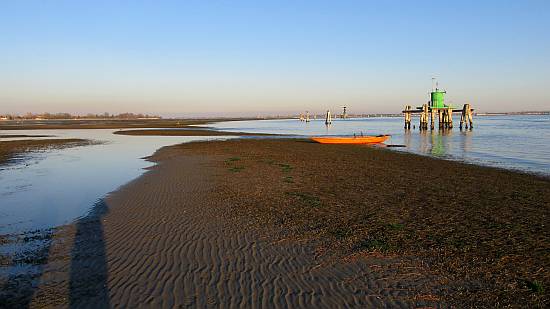
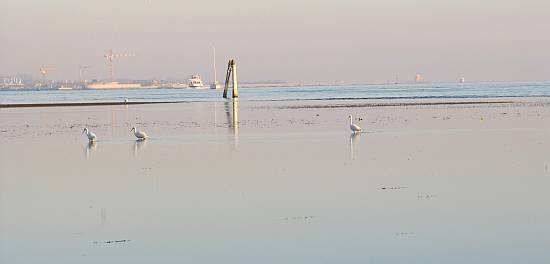
It’s all based on the indestructible link between the sun, the moon, the earth’s orbit, gravity, centrifugal force,and probably other things as well. (There is also a correlation between high pressure and low tide — the higher the first, the lower the second.) But this only tells us what, not why.
One source explains: “The gravitational forces of the Moon and the Sun both contribute to the tides. The sun’s gravitational force is greatest when the earth is closest to the sun (perihelion – early January) and least when the sun is furthest from earth (aphelion – early July).”
Basically, the sun’s pull can heighten the moon’s effects or counteract them, depending on where the moon is in relation to the sun.
The Moon follows an elliptical path around the Earth which has a perigee distance of 356,400 kilometers, which is about 92.7 percent of its mean distance. Because tidal forces vary as the third power of distance, this little 8 percent change translates into 25 percent increase in the tide- producing ability of the Moon upon the Earth. If the lunar perigee occurs when the Moon is between the Sun and the Earth, it produces unusually high Spring (not the season Spring) high tides. When it occurs on the opposite side from the Earth that where the Sun is located (during full moon) it produces unusually low, Neap Tides.
Neap: from the Anglo-Saxon hnep, meaning scanty. I knew you were wondering.
It so happened that the day I took the most dramatic photographs was December 23, when the waning moon was one millimeter from being completely new, which it was on the following day. I maintain that the new moon has the same effect as the full moon, as described above.
To sum up: In January, therefore, I deduce that the relative positions of the sun (low) and moon (high) combine with other factors — such as the aforementioned high pressure — to produce the unusually low tide.
You can have your Bay of Fundy, and I’ll throw in Mont-St. Michel as well. I wait all year for this moment to see the lagoon revealed in its spectacular variety and richness.
Postscript: Low tide in the city is also diverting, revealing banks of mud lining the canal walls which were churned up by months, even years, of passing motorboats. It also, may I point out, creates at least as many problems as high water — if not more — for normal life here. If the ambulance or the fireboat doesn’t have enough water to get to your house, it’s arguably worse for the quality of life than whatever happens in acqua alta — for example, having to put on boots for a few hours. This aspect of the secche de la marantega deserves a chapter of its own, but not today.

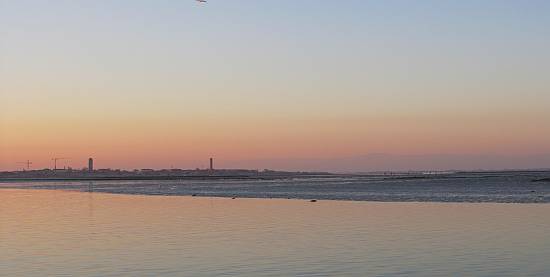
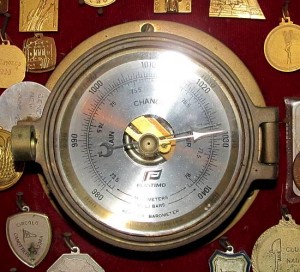
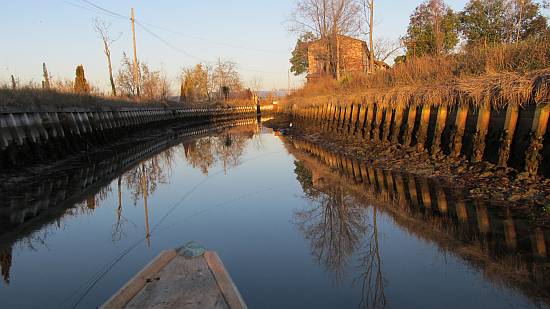


4 Comments
Dear Erla
This is correct: I maintain that the new moon has the same effect as the full moon, as described above.
This isn’t: When it occurs on the opposite side from the Earth that where the Sun is located (during full moon) it produces unusually low, Neap Tides.
Neap tides occur when the moon is at first and third quarter. Spring tides occur when the moon is between the Sun and the Earth (new moon) – easy to understand – and when the moon is on the opposite side of the Earth from the sun (full moon) – harder to understand, but it is so.
There is at least one site that seems very authoritative (Ryan Yamada) that says you get neap tides at full moon, but it’s wrong.
I was hoping a reader would clarify some of this information, about which I did not feel completely confident. But somehow I don’t understand your statement about the first and third quarter of the moon and its effect on the low tides. My primitive empirical experience is that the most notable extremes of high and low tide occur during the full and new moon. What is the factor which produces unusually low tides?
haha, the trippers look like sea otters digging for clams.
wow, the lagoon looks absolutely stunning! Each photographs signifies the undying exquisite of the place. Will definitely love to swim there one day. Thanks for this fascinating post.